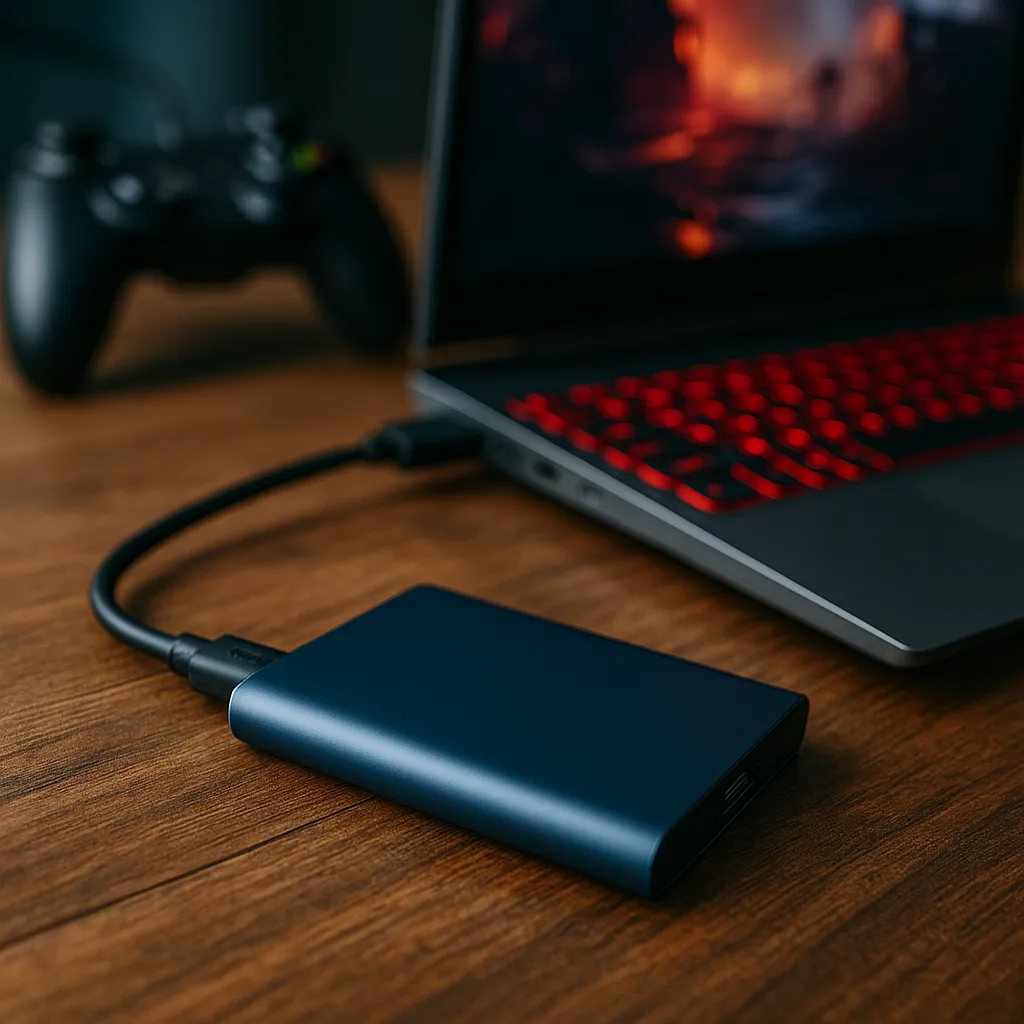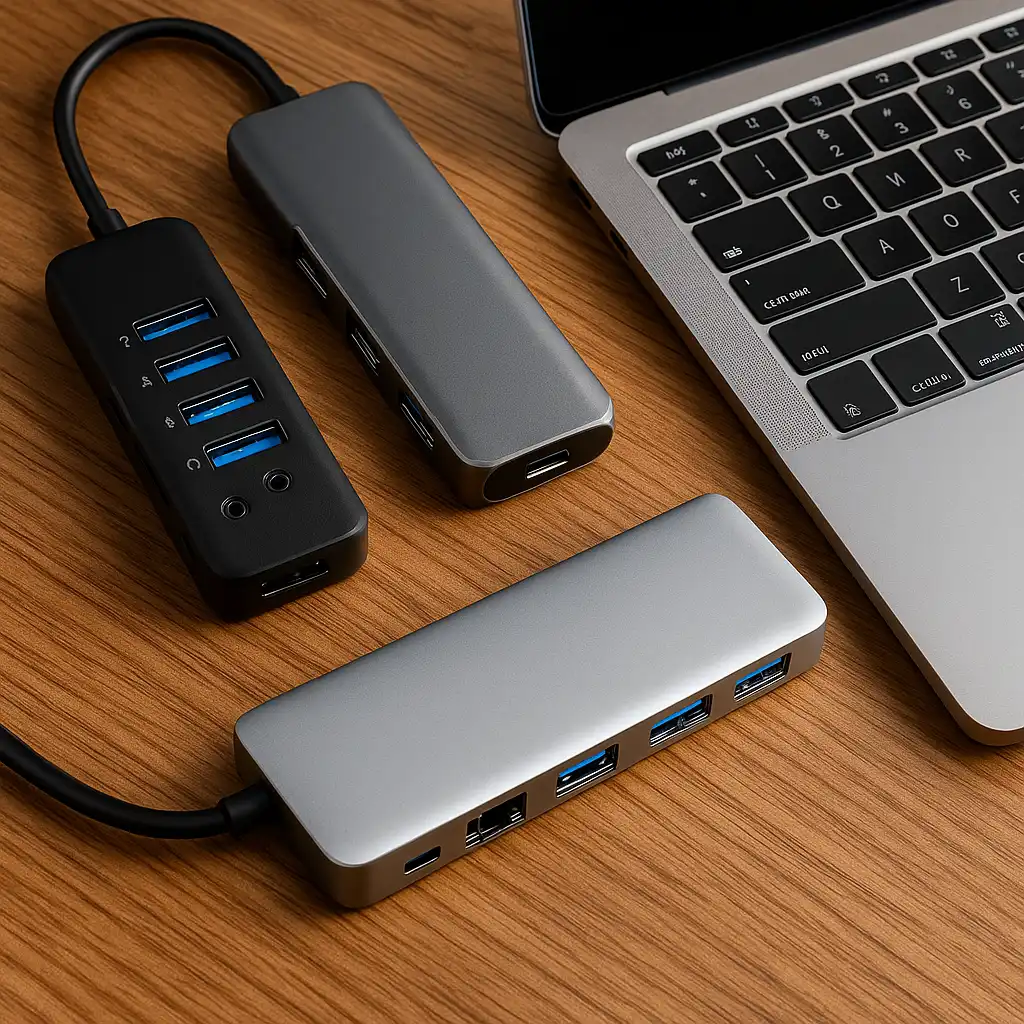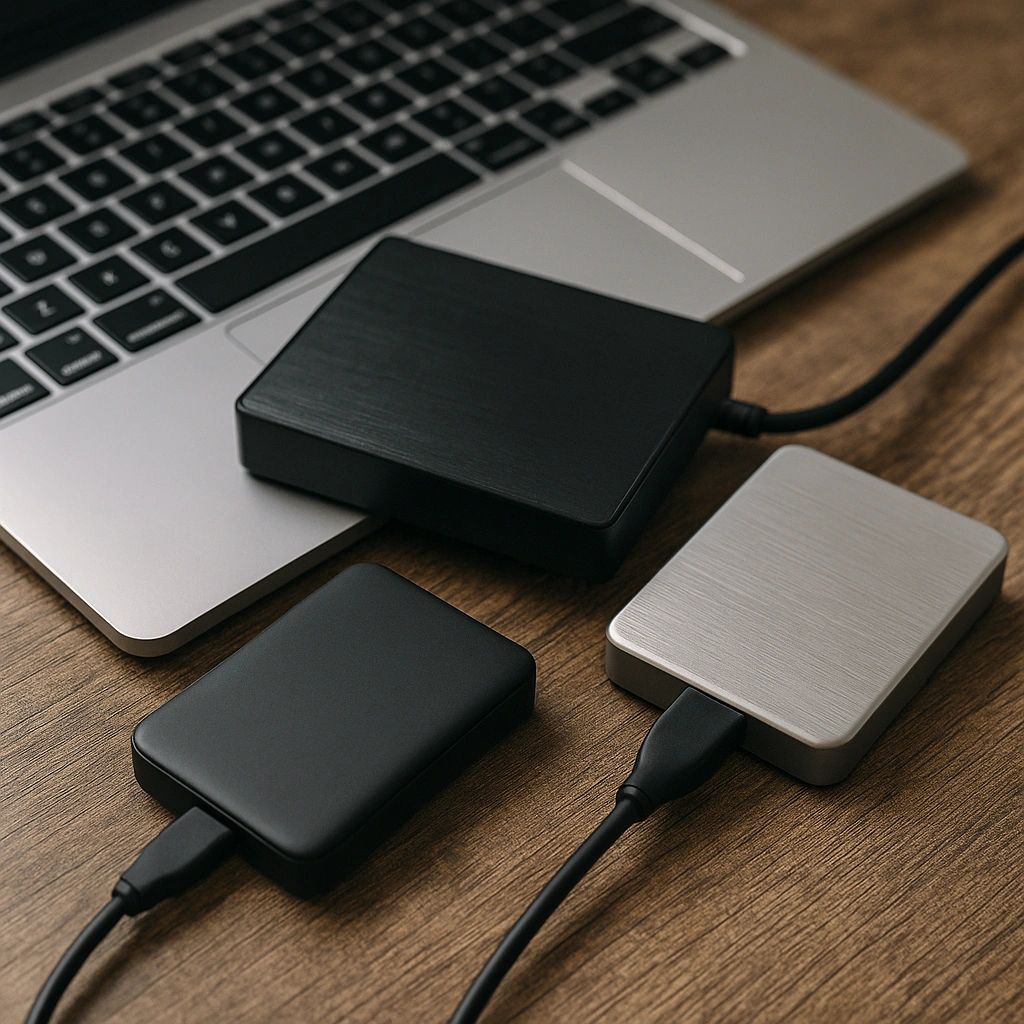Best External Hard Drive for Video Storage: Top Picks for Speed, Portability & Value
Disclosure: This post contains affiliate links. As an Amazon Associate, I earn from qualifying purchases—at no extra cost to you.
When you’re working with video—especially high-res stuff like 4K or even 8K—you can’t afford to mess around with slow, unreliable storage. Whether you’re editing footage, backing up your latest shoot, or just trying to free up space on your laptop, having the right external hard drive makes a big difference.
After digging through product specs, buyer reviews, and performance tests, three drives consistently stand out for video storage in 2025. Let’s break them down.
Check Price & Availability
View on Amazon – WD Elements 1TB (Budget HDD, USB 3.2)
View on Amazon – Lexar Go 1TB SSD (1050MB/s, Rugged IP65)
View on Amazon – Samsung T7 1TB SSD (1050MB/s, Slim Design)
Fast Enough to Handle Big Video Files
Let’s start with speed—because when you’re transferring giant video files, waiting around is the last thing you want. According to benchmarks and user feedback, the Lexar Professional Go SSD and the Samsung T7 SSD are both seriously fast. We’re talking up to 1,050MB/s. That’s more than enough for editing straight off the drive or quickly dumping files from your camera.
On the flip side, the WD Elements 1TB is a traditional hard drive. It’s definitely slower (since it’s an HDD), but still does a solid job for backups and storing old footage. Just don’t expect it to keep up if you’re editing directly from it.
Easy to Carry, Built to Last
If you’re always moving between locations—or just hate bulky gear—portability matters. The Samsung T7 is ultra-slim, super light, and wrapped in a sleek metal shell. Tons of users say it’s their go-to for working on the go.
Now, if you need something tougher, the Lexar Go SSD has you covered. It’s IP65 rated, meaning it can handle dust, splashes, and drops. Great for field shoots or anyone who works outdoors. Bonus: it includes a built-in hub, which is surprisingly handy.
The WD Elements is a bit chunkier and not nearly as rugged, but still easy enough to toss in your bag. It’s plug-and-play with no bells or whistles—just reliable storage.
What You’re Really Paying For
If you’re watching your budget, the WD Elements is hard to beat. It’s super affordable and perfect if you need space more than speed. Lots of buyers say it’s their go-to for storing years’ worth of footage without breaking the bank.
The Samsung T7 and Lexar Go, on the other hand, come at a higher price—but you’re paying for speed, portability, and in Lexar’s case, durability. The Lexar is built for pros who need to work fast and don’t want to worry about babying their gear. The T7 is a little more stylish and minimalist, but still powerful.
Compatibility and Design Perks
All three drives work with both Windows and Mac, and some even play nice with iPhones (especially the Lexar Go, which supports iPhone 15/16 workflows). The T7 gets a lot of love for its sleek look and color options, while the Lexar leans into utility. It’s compact, rugged, and does more than just store files. And again, the WD Elements is basic—but it gets the job done.
Conclusion
Here’s the bottom line:
- Need space on a budget? The WD Elements is great for backups and long-term storage.
- Want fast editing and a sleek design? The Samsung T7 is the sweet spot between speed and portability.
- Working in rough environments or on the go? The Lexar Go delivers pro-level durability and speed in one tiny package.
Each one suits a different type of creator—so think about your workflow, where you’ll use it, and how often you need to move big files around.







